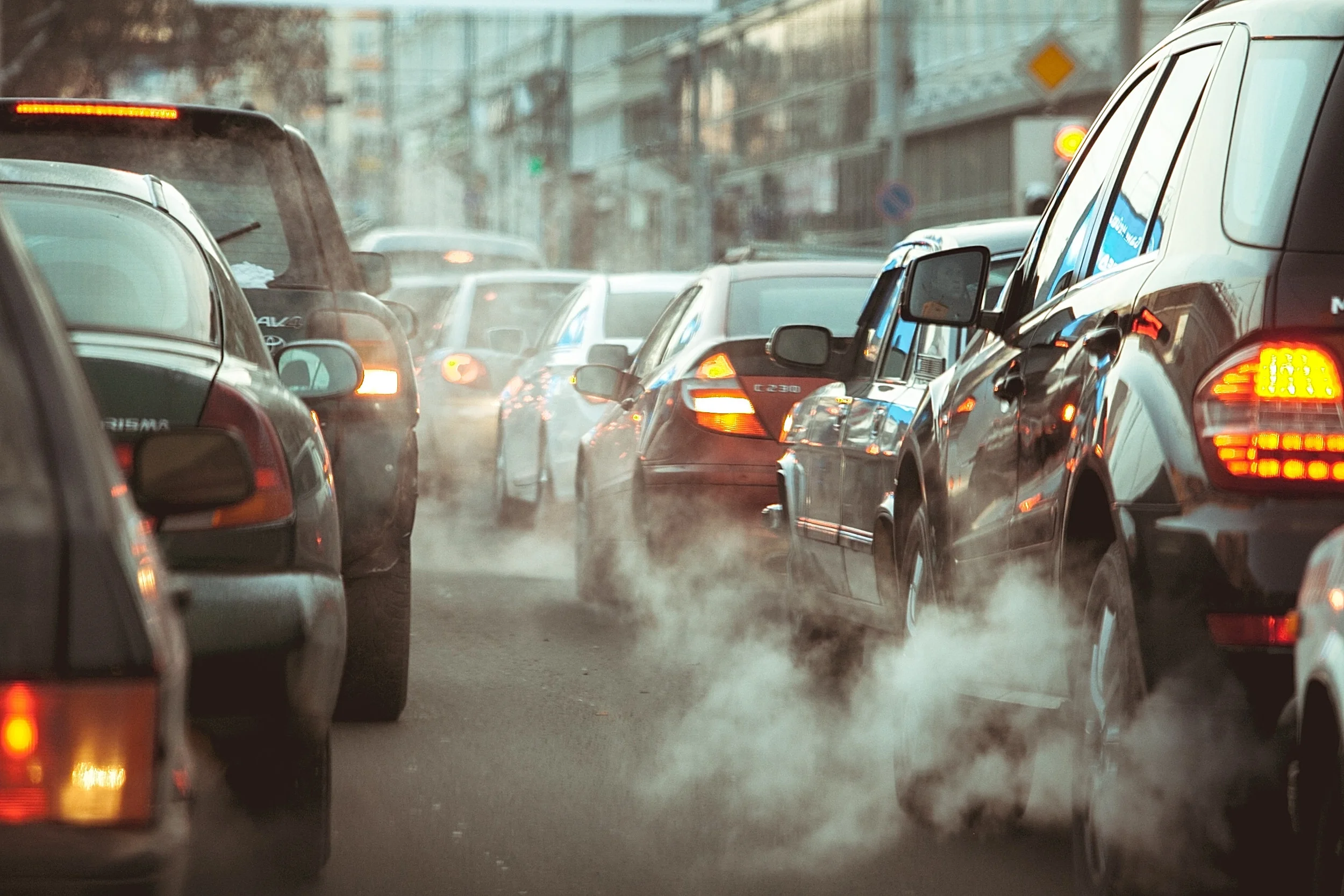Utahns who traveled to see the solar eclipse this week got a taste of the beauty of our universe. But they also got a serious taste of some not-so-beautiful traffic. Eclipse viewers left Idaho bumper-to-bumper and it got us thinking: How do you solve a problem like traffic?
Granted, those northern parts of I-15 don’t normally see so much traffic, but traffic volumes in many other places on I-15 have more than doubled since 1984, and by 2050, projections show each household will spend roughly another ten minutes in a car each day. Self-driving vehicles may make things better, but there are some reasons they might actually increase traffic.
What can be done? There are a lot of solutions including public transportation, good land planning to put destinations closer to home, additional roads, road widening, and so on. But one thing that would make a huge difference is a grid of connected streets. This isn’t a new idea. Joseph Smith’s “plat of Zion” included a grid system of streets, and Brigham Young and other early pioneers incorporated this idea into Salt Lake City and other communities when they got here over 150 years ago. At some point, however, we got away from that. We started building cul-de-sacs. Our residential subdivisions became dead ends, with one or two ways in and out. This pushed people to drive on a few arterial roads if they were going almost anywhere other than a neighbor’s house. And then those roads, predictably, got jammed up.
So why does street connectivity matter so much? A street grid disperses traffic throughout the street network. That reduces traffic delay, provides alternative travel routes in the case of an accident or other incident, increases the ability for direct travel, and improves response times for emergency services like ambulances. It also makes it safer and more convenient to walk or bike.
In fact, it’s one the best strategies to improve transportation outcomes. One study in Utah found that a more connected street network could reduce traffic volumes on major roads by as much as 50%.
Take the Daybreak Community as an example. During the development process, planners made a conscious effort to build a connected street network. The results are amazing. Most residents can confirm that they have never experienced a traffic jam in Daybreak. The same can’t be said for the arterial roads right outside the development’s borders. And the residential roads in Daybreak, despite dispersing traffic throughout the network, don’t feel unsafe for pedestrians or for children who are playing outside—in fact, you’ll see more people outside in Daybreak than almost anywhere else.
The Wasatch Front’s transportation planning agencies released the Utah Street Connectivity Guide earlier this year. It explains what street connectivity is and why it matters, and provides tools for implementing better connectivity, both in growing areas and in more established areas.
Let’s follow the early pioneer’s lead and use these tools. Our children and grandchildren will thank us. After all, our street networks are likely to endure far longer than almost anything else we build.


